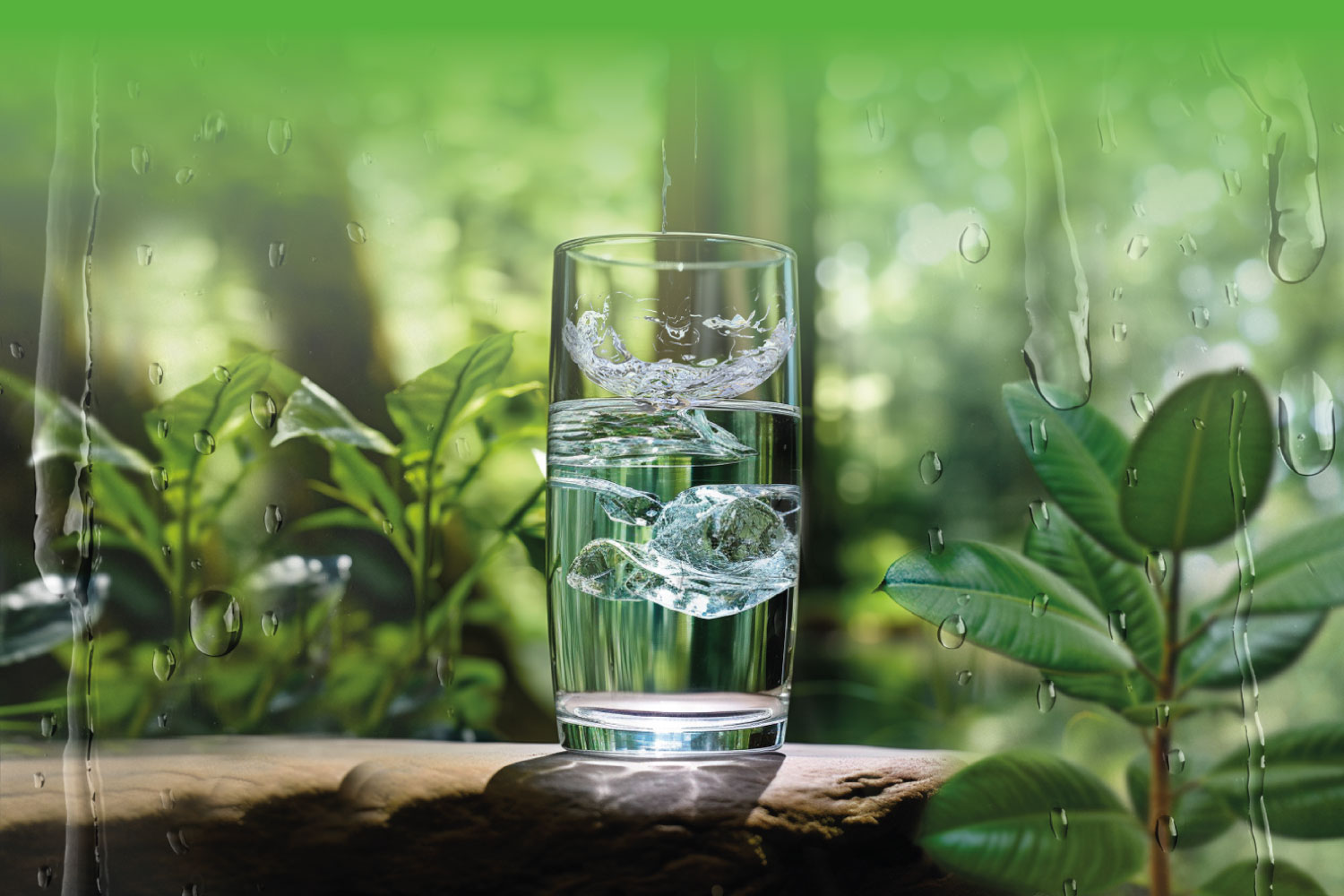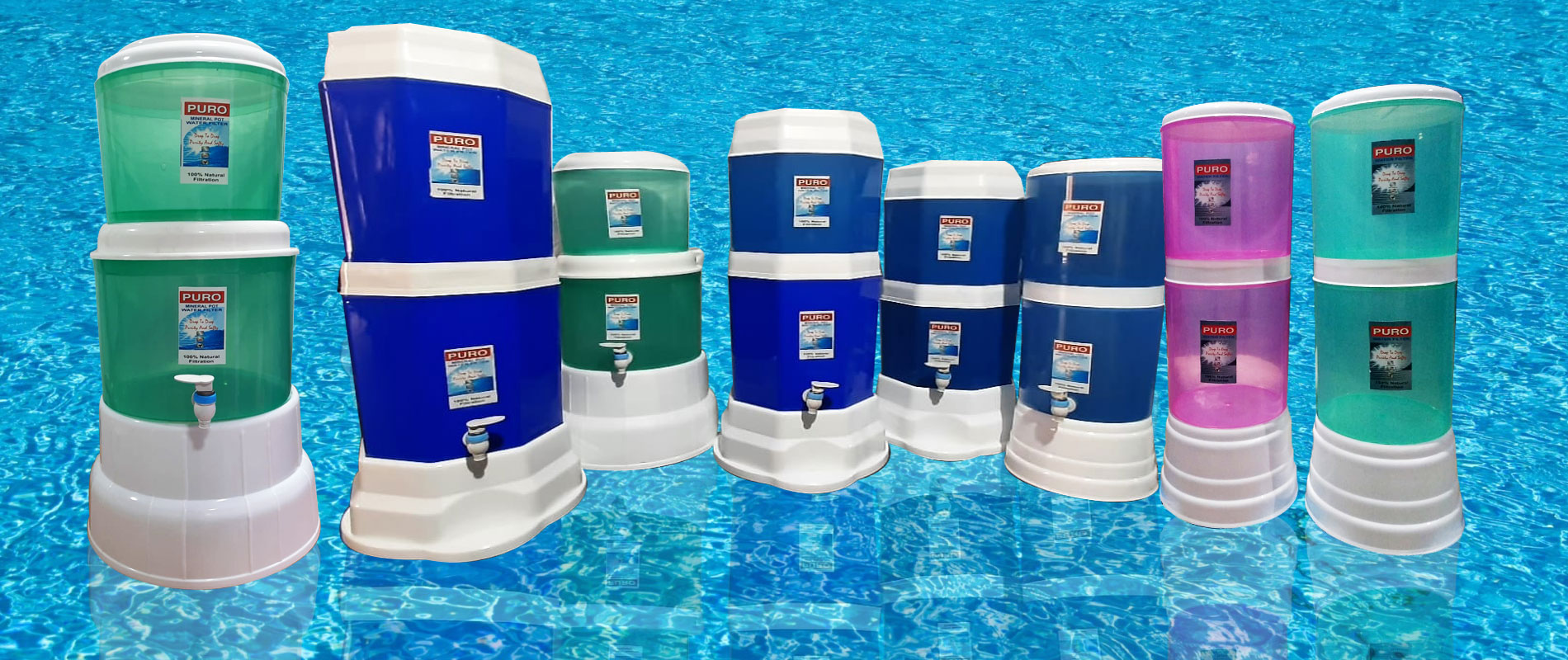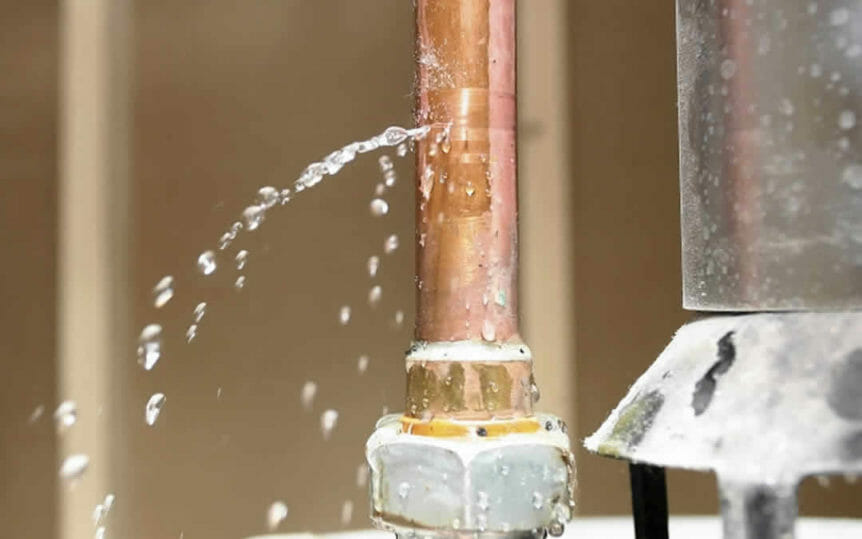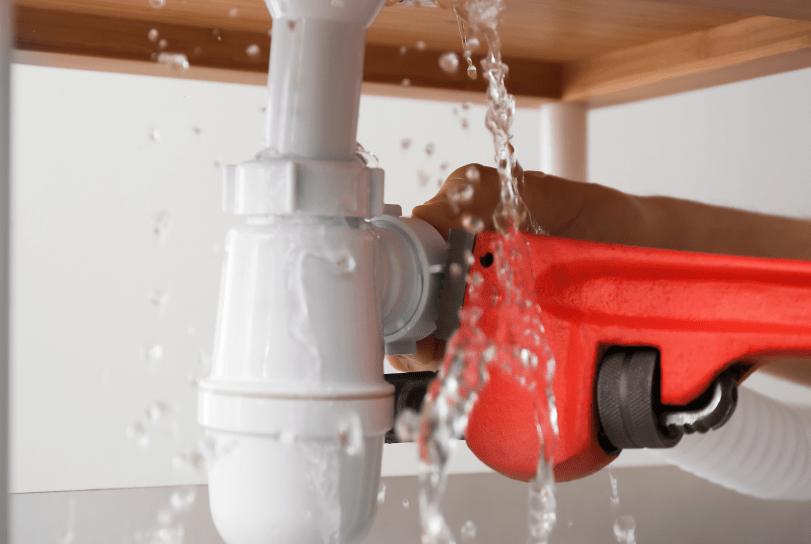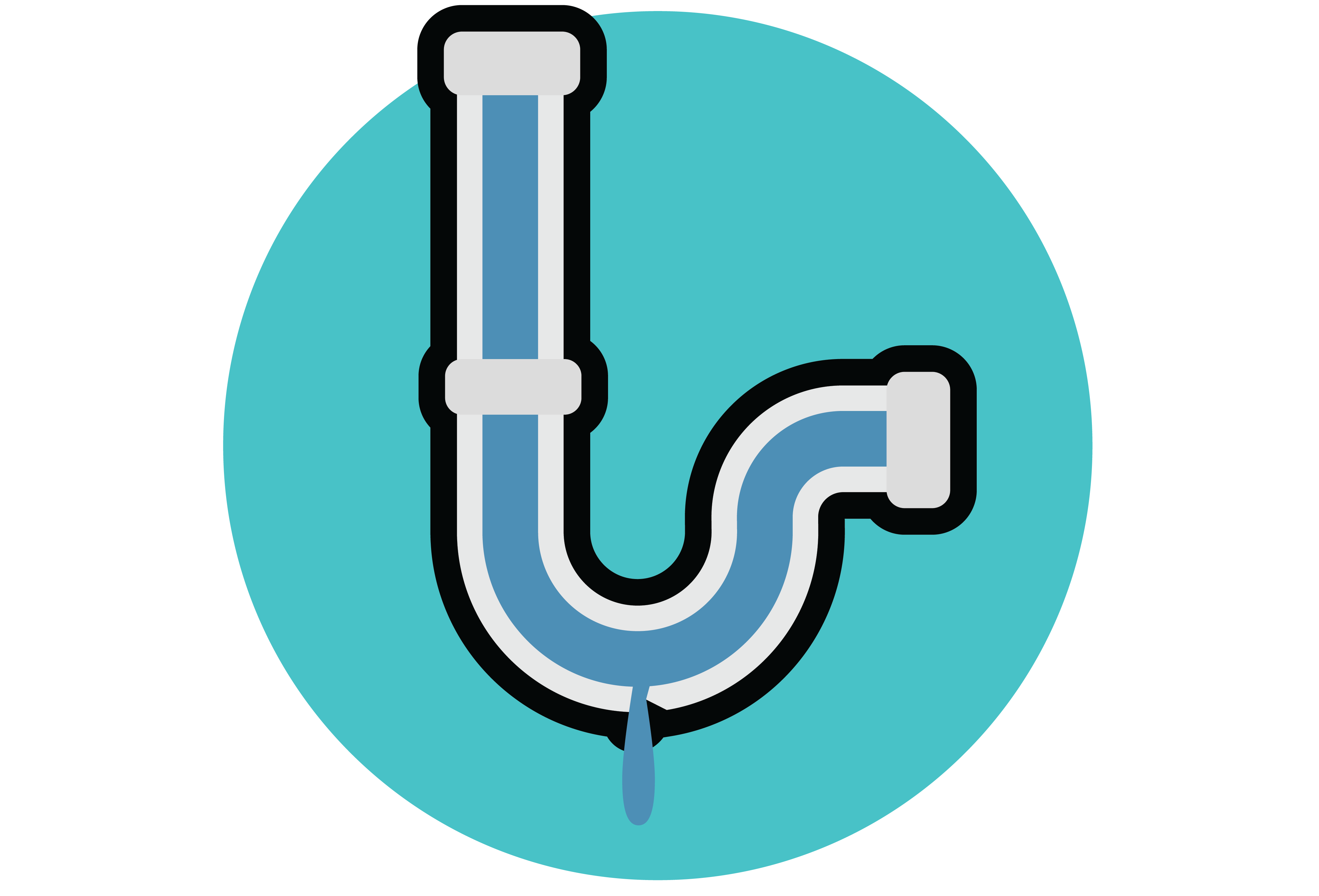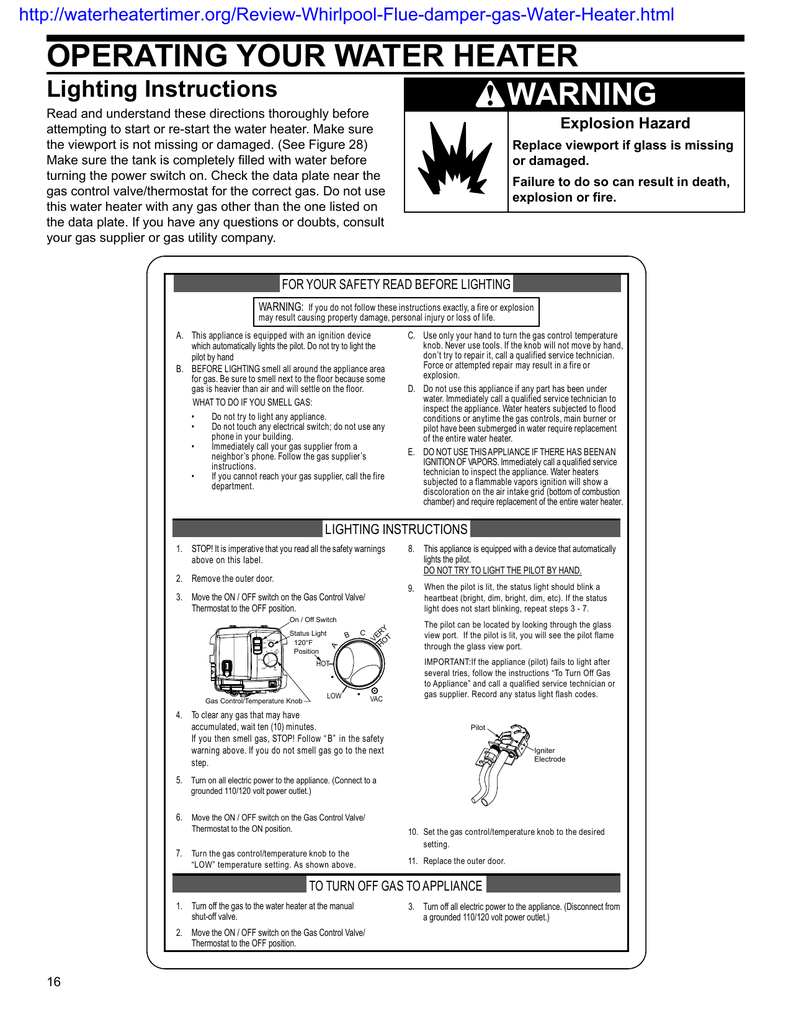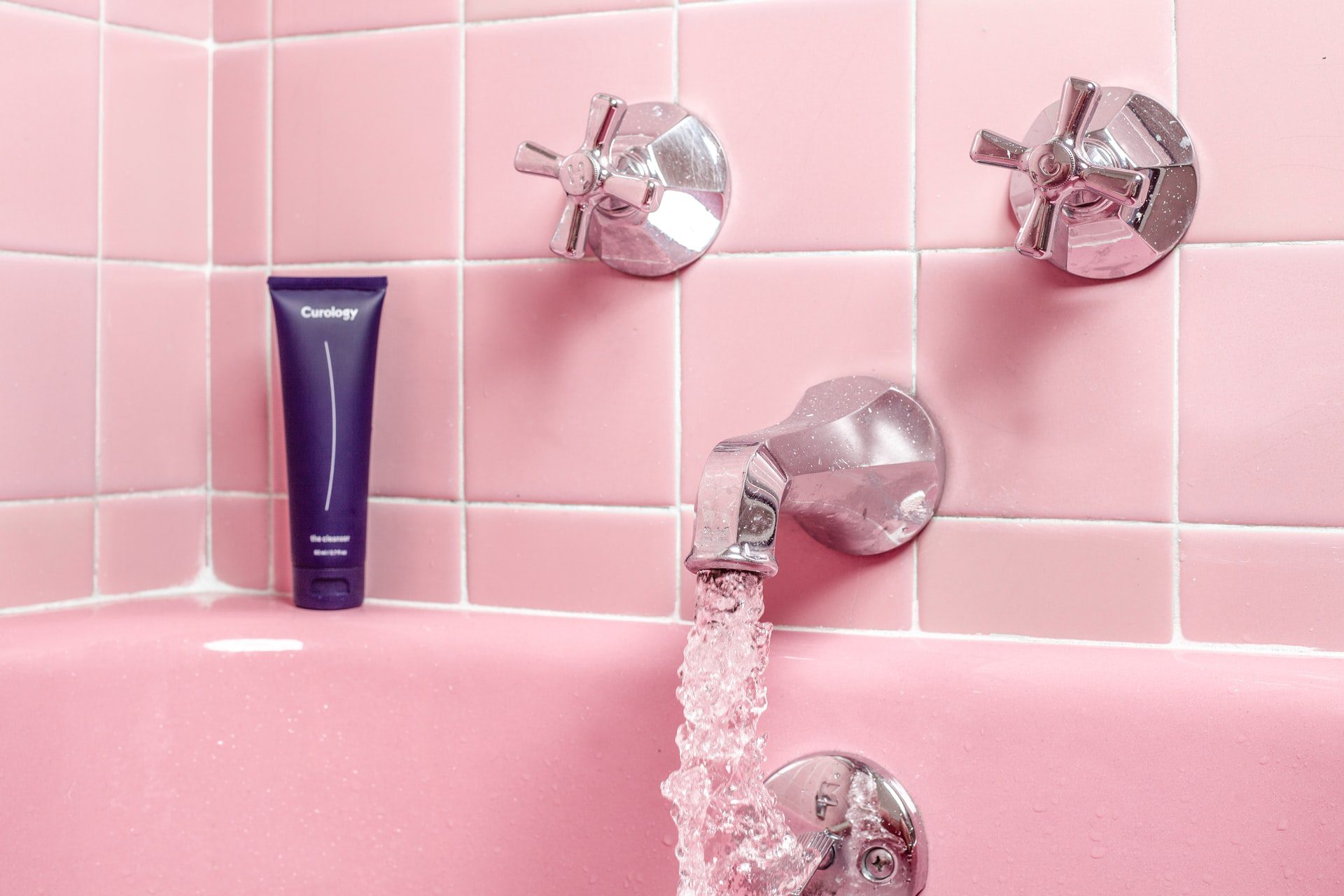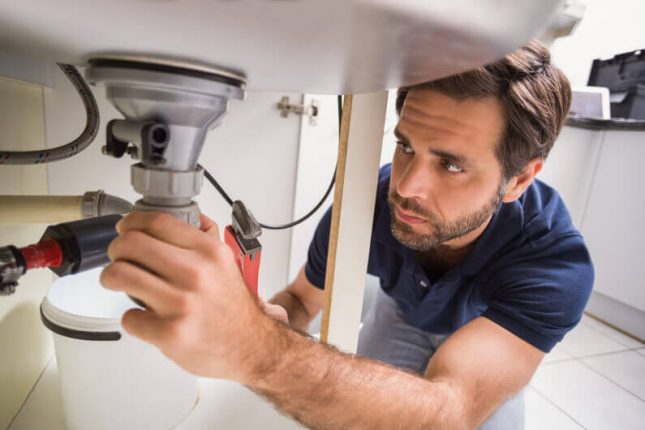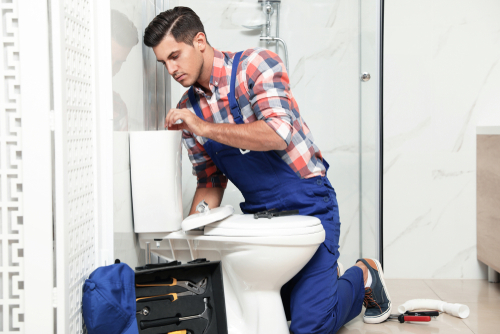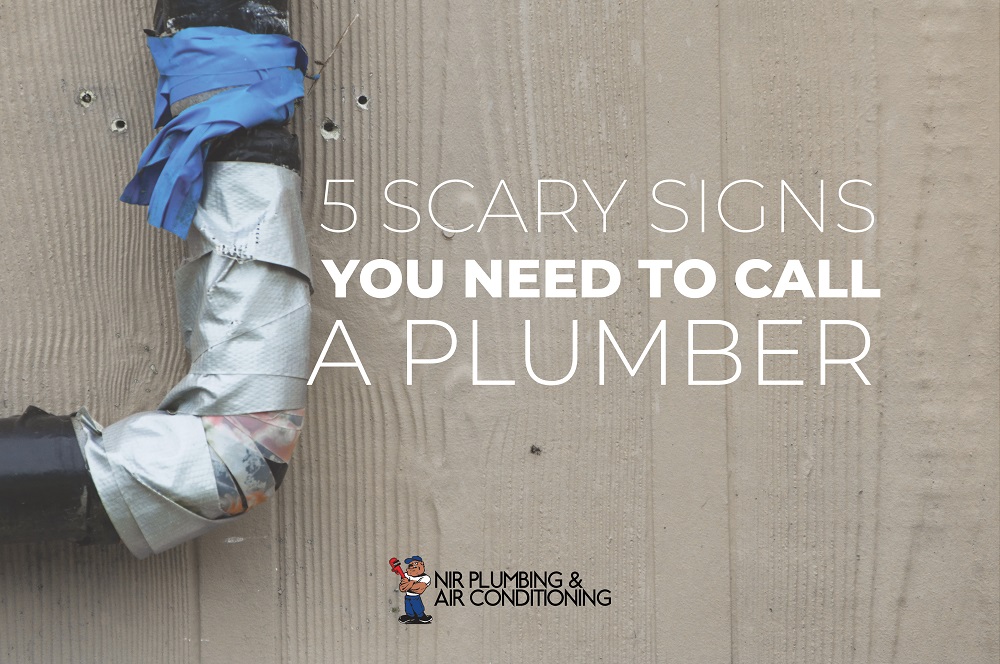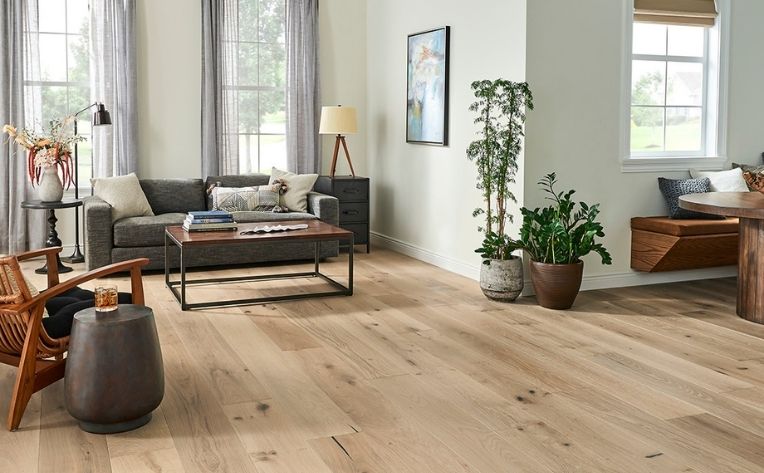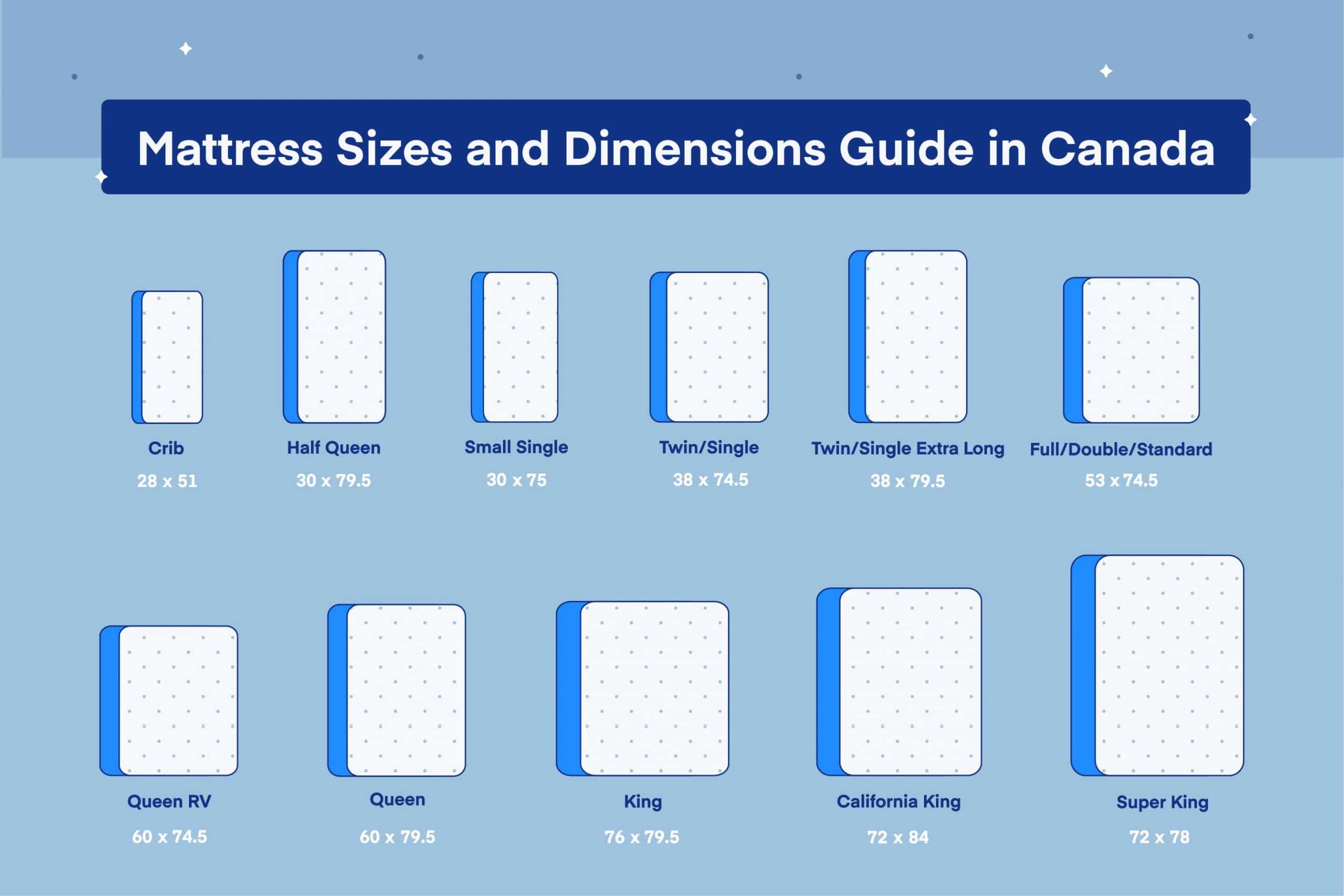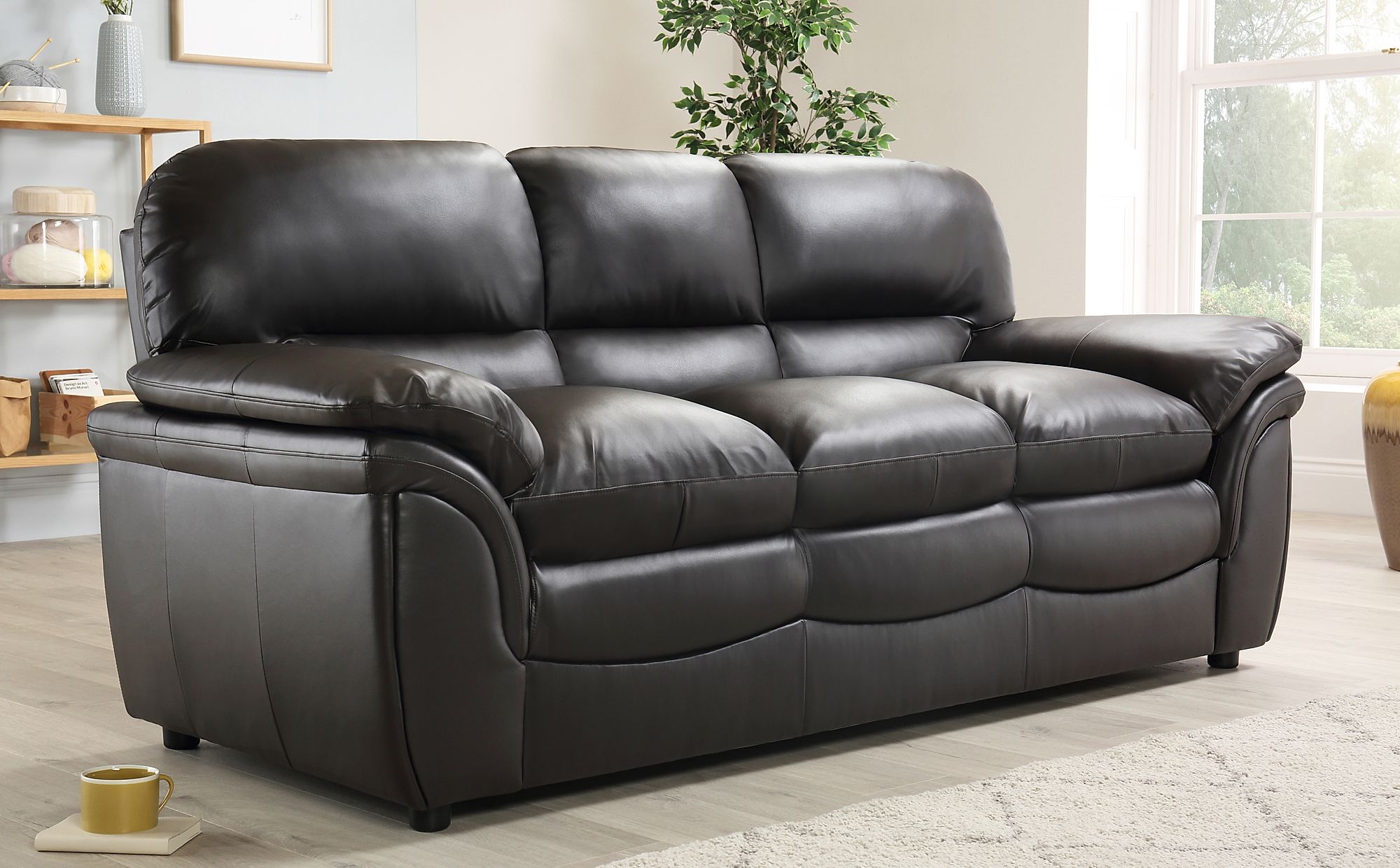If your kitchen sink has low pressure, the first thing you should check is the aerator. The aerator is a small mesh screen at the end of your faucet that controls the flow of water. Over time, it can get clogged with debris, which can cause low water pressure. To check the aerator, unscrew it from the faucet and inspect it for any buildup. If you find any debris, clean the aerator by soaking it in a mixture of water and vinegar. This will help dissolve any mineral deposits or other buildup. After soaking, scrub the aerator with a small brush, rinse it with water, and then reattach it to the faucet.1. Check the aerator
If the aerator is clean and your kitchen sink still has low pressure, you may need to clean it more thoroughly. This will require taking apart the aerator and cleaning each individual component. Start by unscrewing the aerator from the faucet and removing all the parts. Then, use a toothbrush or small brush to scrub each piece with a mixture of water and vinegar. Rinse the parts with water and reassemble the aerator before attaching it back to the faucet.2. Clean the aerator
If cleaning the aerator doesn't solve the low water pressure issue, the next step is to check the water supply valve. This valve controls the flow of water to your kitchen sink and can sometimes get partially closed, causing low pressure. Make sure the valve is fully open by turning it counterclockwise. If it was already open, try closing and reopening it to see if that helps improve the water pressure.3. Check the water supply valve
If the water supply valve is fully open and your kitchen sink still has low pressure, it's time to check the overall water pressure in your home. Low water pressure can be caused by a decrease in water pressure from the main water supply or a buildup of sediment in your pipes. You can check the water pressure by attaching a pressure gauge to an outdoor faucet. If the pressure reads below 40-45 psi, you may need to contact your water provider for assistance.4. Check the water pressure
If the water pressure is normal and your kitchen sink still has low pressure, the next step is to check for clogs in the pipes. Over time, debris and mineral deposits can build up in your pipes, causing blockages that restrict water flow. You can try using a drain snake or plunger to clear any clogs in your kitchen sink pipes. If that doesn't work, it may be necessary to call a plumber to professionally clean your pipes.5. Check for clogs in the pipes
If your kitchen sink has a single handle faucet, the issue could be a faulty faucet cartridge. The cartridge is responsible for controlling both the temperature and flow of water. If it becomes damaged or worn, it can cause low water pressure. To check the cartridge, turn off the water supply to your kitchen sink and remove the handle and cartridge. Inspect the cartridge for any damage or buildup and replace it if necessary.6. Check the faucet cartridge
If your kitchen sink has a water filter, it's important to regularly replace it to maintain good water pressure. Over time, filters can become clogged with debris, reducing water flow. Check the filter and replace it if it appears dirty or clogged. If your kitchen sink doesn't have a filter, consider installing one to help improve water pressure and quality.7. Check the water filter
Leaks in your kitchen sink pipes can also cause low water pressure. Even small leaks can significantly reduce water flow, so it's important to regularly check for and fix any leaks. Inspect all visible pipes under your sink for any signs of leaks, such as dripping or pooling water. If you find a leak, tighten any loose connections or replace damaged pipes as needed.8. Check for leaks in the pipes
If the water pressure in your kitchen sink is consistently low, the issue may be with your water heater. Sediment buildup and other issues can cause your water heater to lose efficiency, resulting in low water pressure. Check the pressure relief valve on your water heater and make sure it is functioning properly. If necessary, flush the water heater to remove any sediment buildup.9. Check the water heater
If you've tried all of the above steps and your kitchen sink still has low pressure, it may be time to call a professional plumber. A plumber will be able to diagnose and fix any underlying issues that may be causing the low water pressure. It's important to address low water pressure in your kitchen sink as it can be a sign of larger plumbing issues that could lead to more costly repairs in the future. If you're experiencing low water pressure in your kitchen sink, don't ignore it. By following these 10 steps, you can troubleshoot and potentially fix the issue on your own. If all else fails, don't hesitate to call a plumber for assistance. Don't let low water pressure disrupt your daily routine – take action to get it resolved and enjoy a fully functioning kitchen sink once again.10. Call a plumber
Kitchen Sink Has Low Pressure: Possible Causes and Solutions
 There's nothing more frustrating than trying to wash dishes or prepare a meal with a kitchen sink that has low pressure. Not only does it take longer to complete these tasks, but it can also be a sign of a larger issue with your house's plumbing. In this article, we'll delve into the possible causes of low water pressure in your kitchen sink and offer some solutions to help you get back to normal water flow.
There's nothing more frustrating than trying to wash dishes or prepare a meal with a kitchen sink that has low pressure. Not only does it take longer to complete these tasks, but it can also be a sign of a larger issue with your house's plumbing. In this article, we'll delve into the possible causes of low water pressure in your kitchen sink and offer some solutions to help you get back to normal water flow.
Possible Causes of Low Water Pressure in Your Kitchen Sink
 Blockages in the Pipes
One of the most common causes of low water pressure in a kitchen sink is a blockage in the pipes. Over time, debris, mineral deposits, and even small objects can build up and clog the pipes, restricting water flow. This can happen in both the supply pipes that bring water into your home as well as the pipes under your sink.
Issues with the Water Supply
If the low water pressure is not isolated to just your kitchen sink, it could be a problem with the main water supply. This could be due to a municipal water issue or a problem with your own well system. If you suspect this is the case, it's best to contact your water provider to see if there are any reported issues.
Faulty Faucet or Aerator
Another common culprit for low water pressure in a kitchen sink is a faulty faucet or aerator. Over time, the internal components of a faucet can wear out or become damaged, causing a decrease in water flow. Similarly, the aerator, which is the small screen at the end of the faucet, can become clogged with debris and restrict water flow.
Blockages in the Pipes
One of the most common causes of low water pressure in a kitchen sink is a blockage in the pipes. Over time, debris, mineral deposits, and even small objects can build up and clog the pipes, restricting water flow. This can happen in both the supply pipes that bring water into your home as well as the pipes under your sink.
Issues with the Water Supply
If the low water pressure is not isolated to just your kitchen sink, it could be a problem with the main water supply. This could be due to a municipal water issue or a problem with your own well system. If you suspect this is the case, it's best to contact your water provider to see if there are any reported issues.
Faulty Faucet or Aerator
Another common culprit for low water pressure in a kitchen sink is a faulty faucet or aerator. Over time, the internal components of a faucet can wear out or become damaged, causing a decrease in water flow. Similarly, the aerator, which is the small screen at the end of the faucet, can become clogged with debris and restrict water flow.
Possible Solutions for Low Water Pressure in Your Kitchen Sink
 Clean the Pipes
If the issue is a blockage in the pipes, a simple solution would be to clean them out. This can be done by using a plumber's snake to remove any debris or buildup. If the blockage is in the supply pipes, it's best to call a professional plumber to handle the job.
Check the Water Supply
If the low water pressure is due to a problem with the water supply, there's not much you can do on your own. It's best to contact your water provider and follow their instructions for resolving the issue.
Replace the Faucet or Aerator
If the problem lies with a faulty faucet or aerator, the best solution would be to replace them. This is a fairly simple task that can be done using basic household tools. Just make sure to turn off the water supply before attempting to replace any parts.
In conclusion, a kitchen sink with low water pressure can be a frustrating and time-consuming issue to deal with. However, by identifying the possible causes and implementing the appropriate solutions, you can restore your kitchen sink's water pressure and make your daily tasks much more efficient. If the problem persists or you are unsure of how to handle it, don't hesitate to seek the help of a professional plumber.
Clean the Pipes
If the issue is a blockage in the pipes, a simple solution would be to clean them out. This can be done by using a plumber's snake to remove any debris or buildup. If the blockage is in the supply pipes, it's best to call a professional plumber to handle the job.
Check the Water Supply
If the low water pressure is due to a problem with the water supply, there's not much you can do on your own. It's best to contact your water provider and follow their instructions for resolving the issue.
Replace the Faucet or Aerator
If the problem lies with a faulty faucet or aerator, the best solution would be to replace them. This is a fairly simple task that can be done using basic household tools. Just make sure to turn off the water supply before attempting to replace any parts.
In conclusion, a kitchen sink with low water pressure can be a frustrating and time-consuming issue to deal with. However, by identifying the possible causes and implementing the appropriate solutions, you can restore your kitchen sink's water pressure and make your daily tasks much more efficient. If the problem persists or you are unsure of how to handle it, don't hesitate to seek the help of a professional plumber.




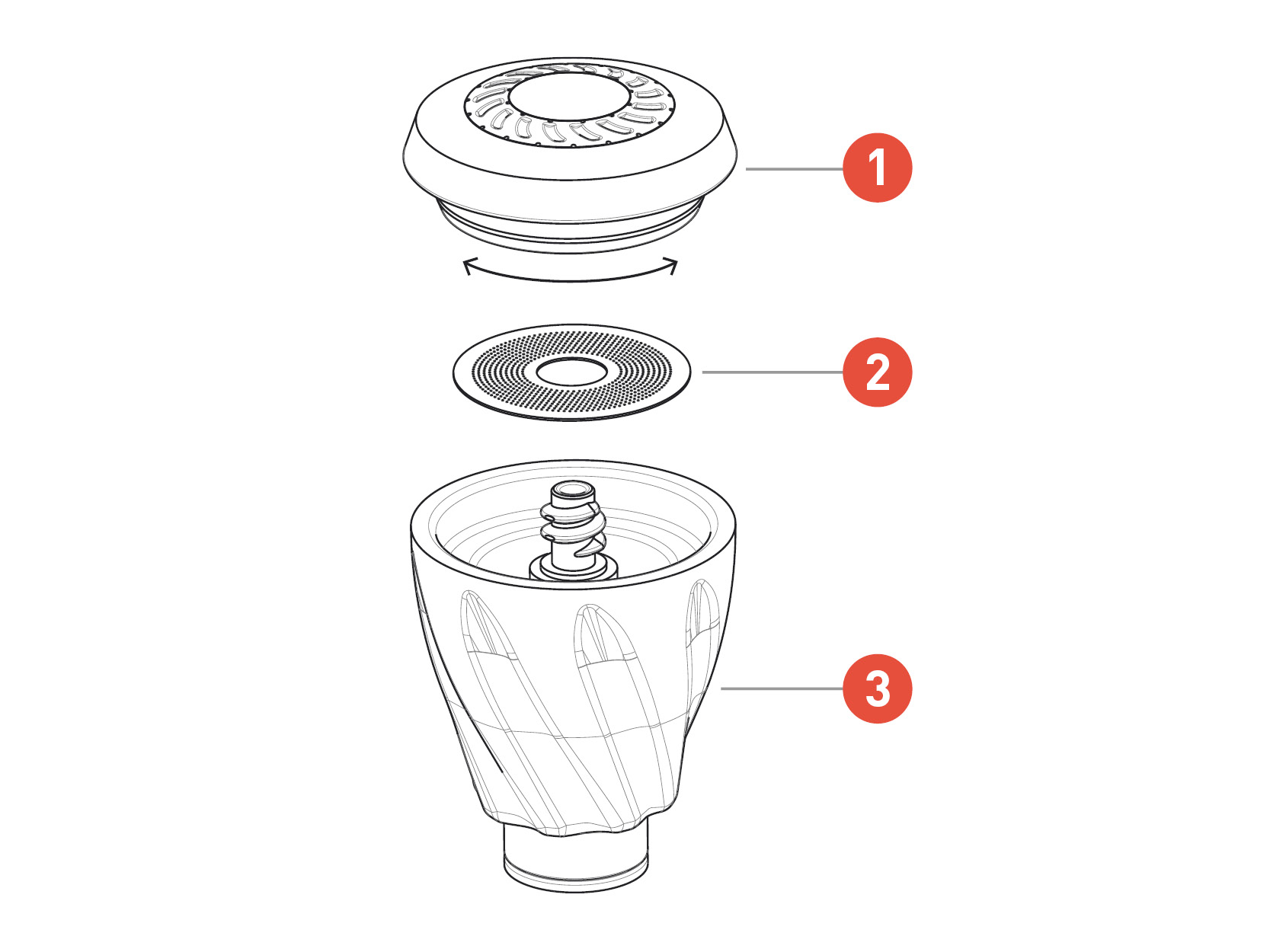

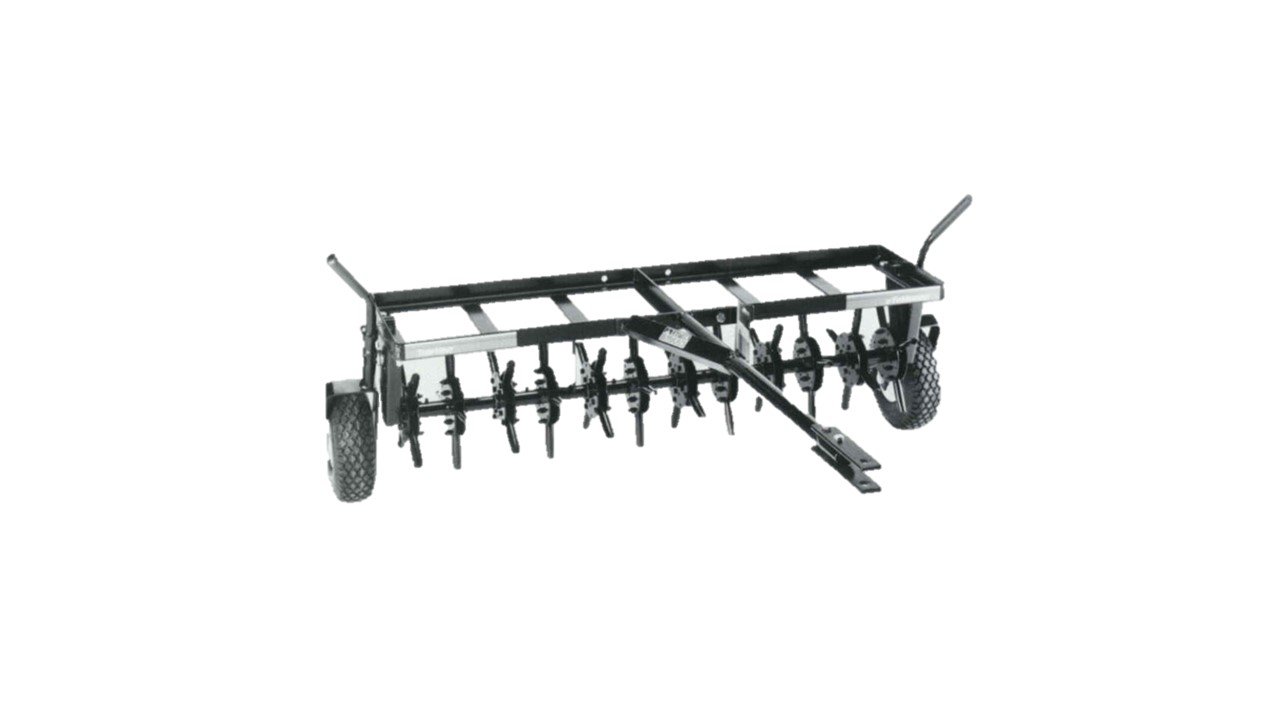



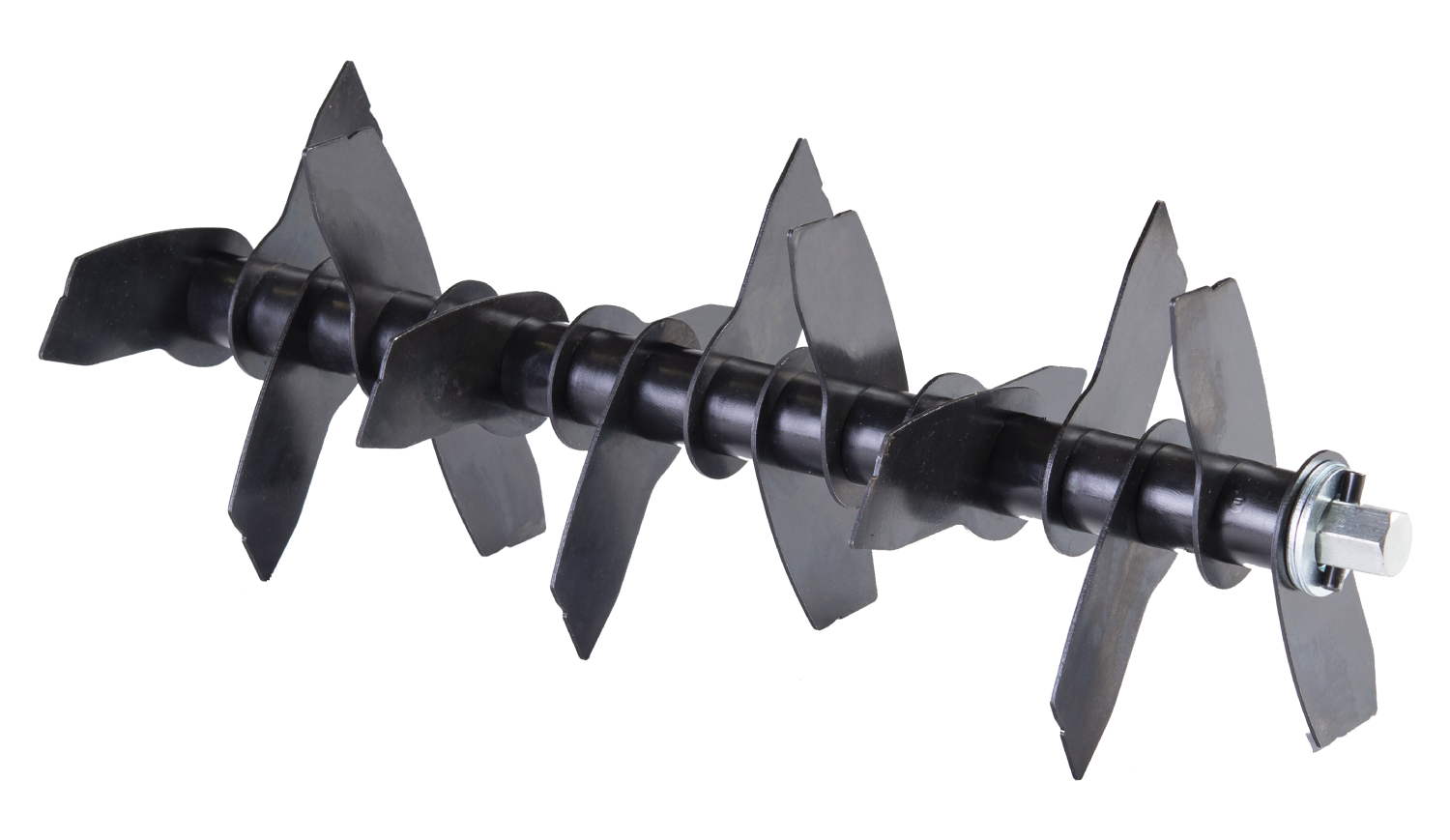

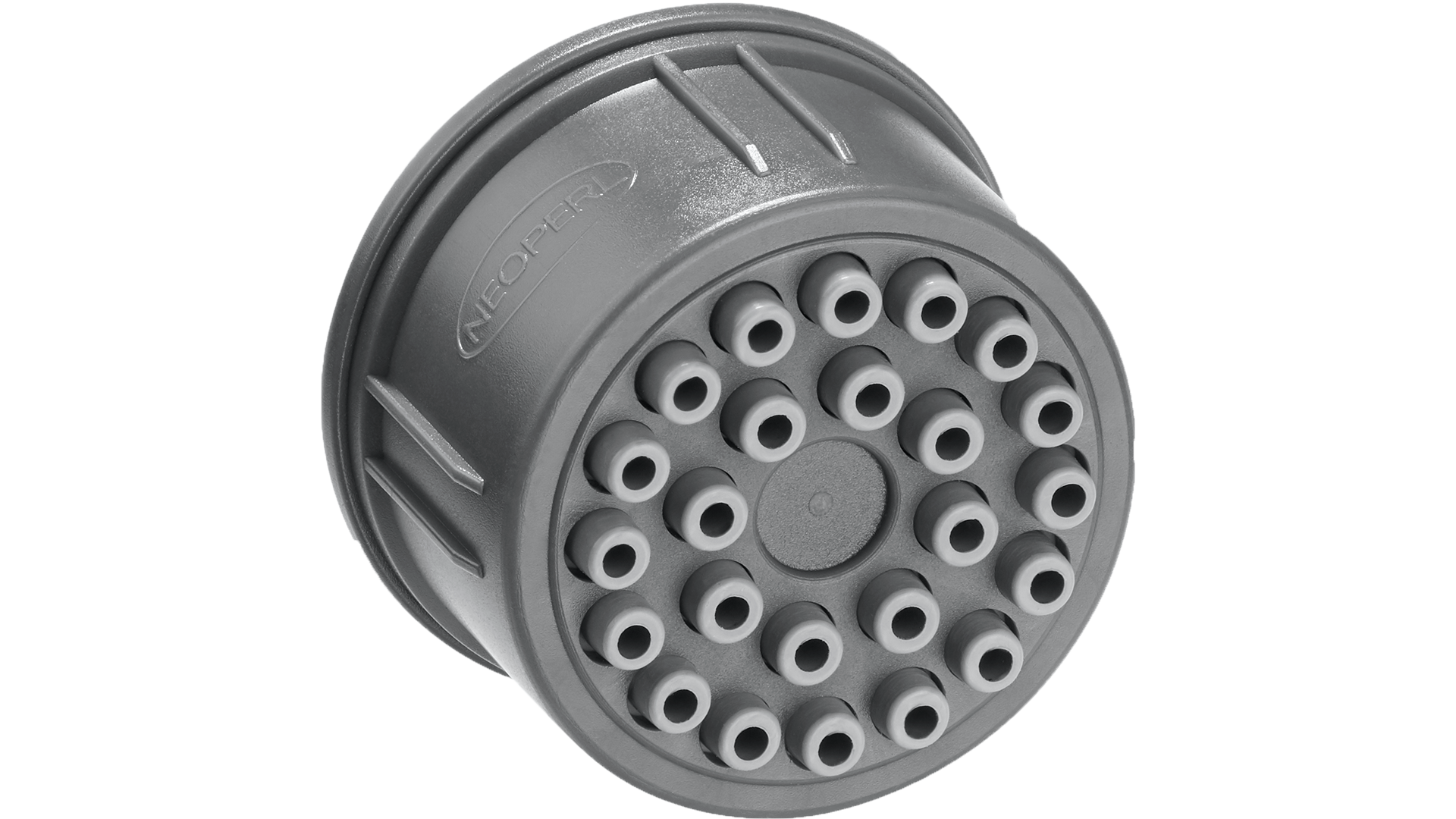




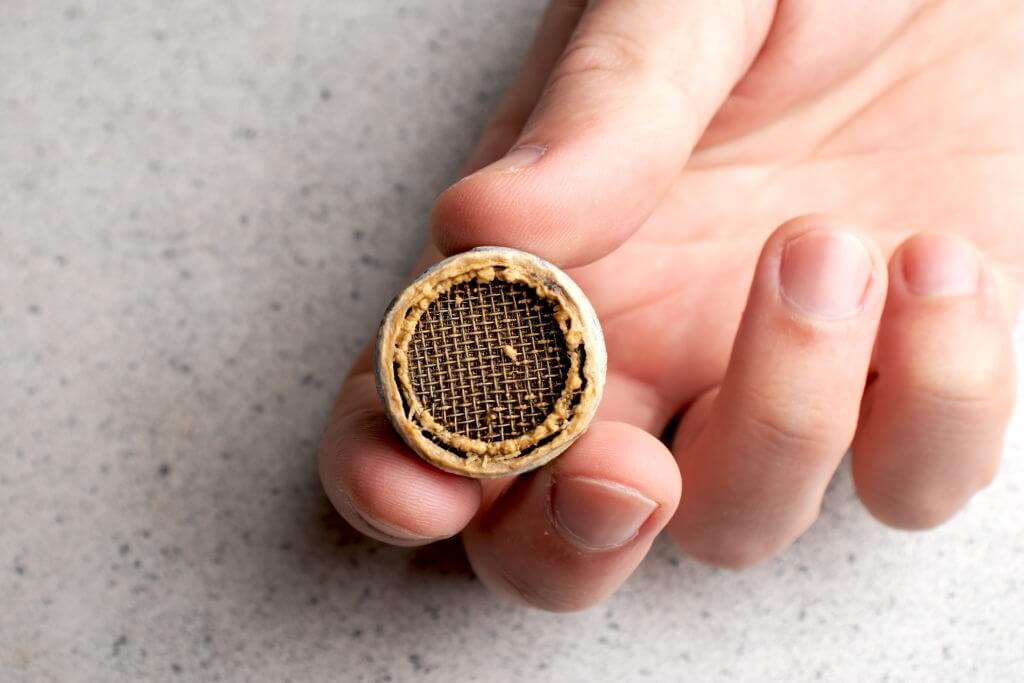

:max_bytes(150000):strip_icc()/clearing-a-blocked-faucet-aerator-2718807-07-b5a90554991f4bb69efb45a472df7f23.jpg)
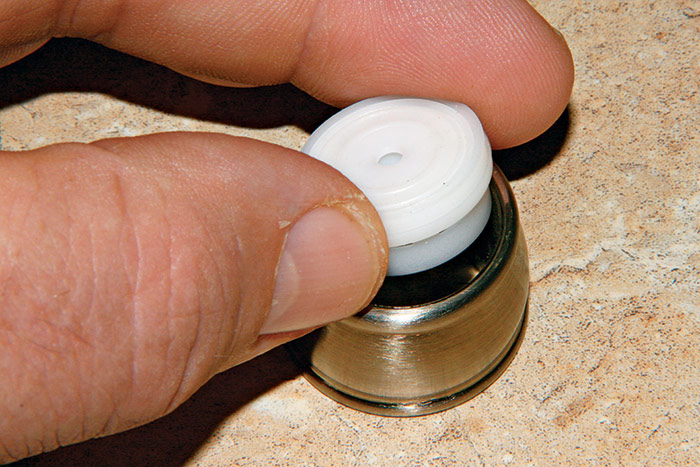
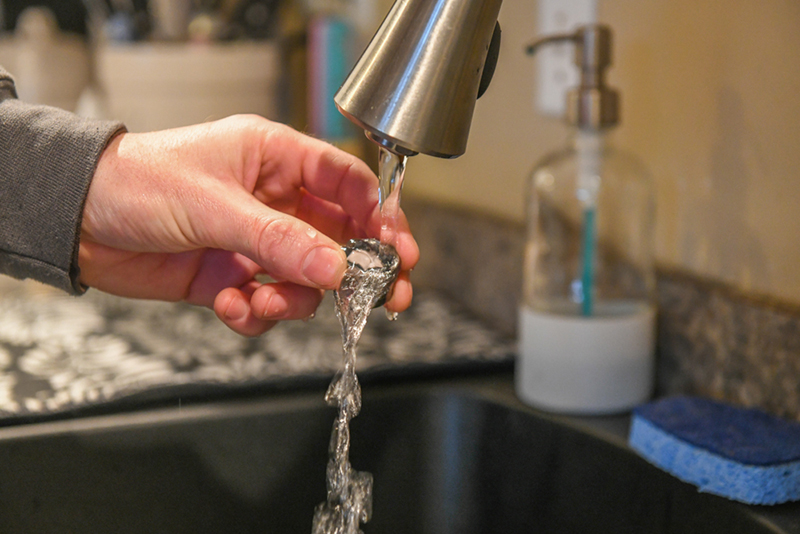
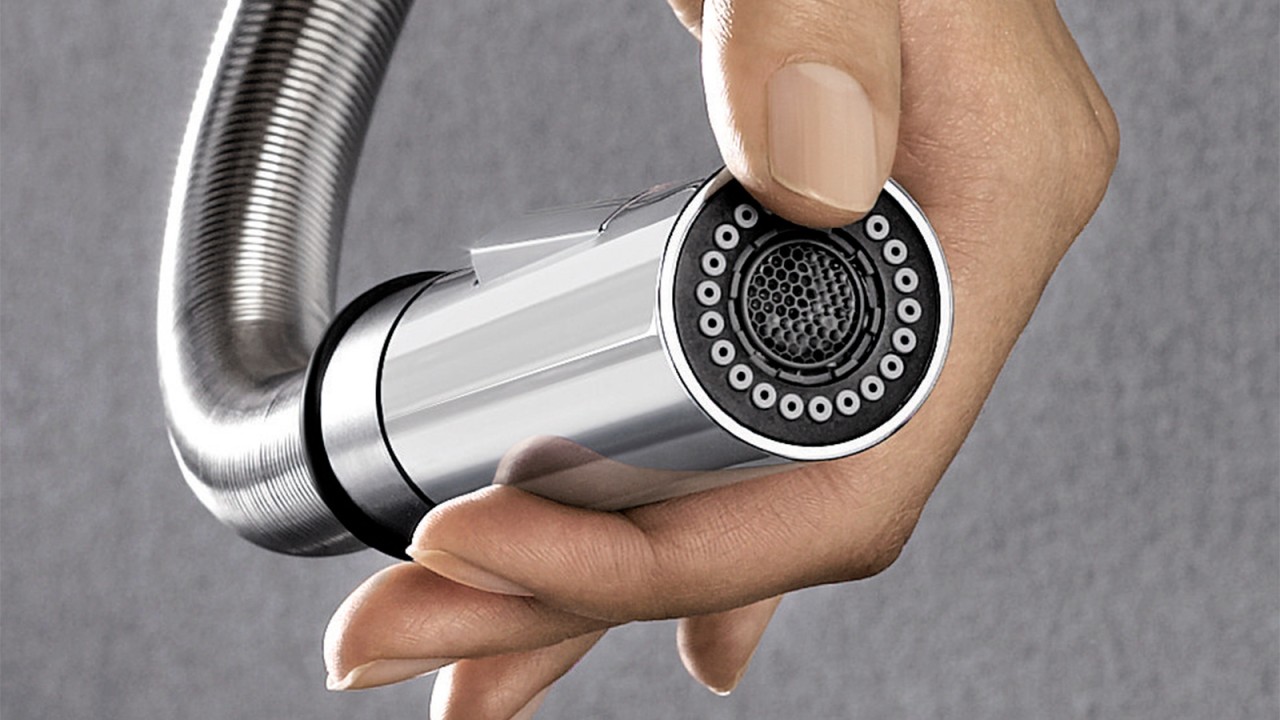

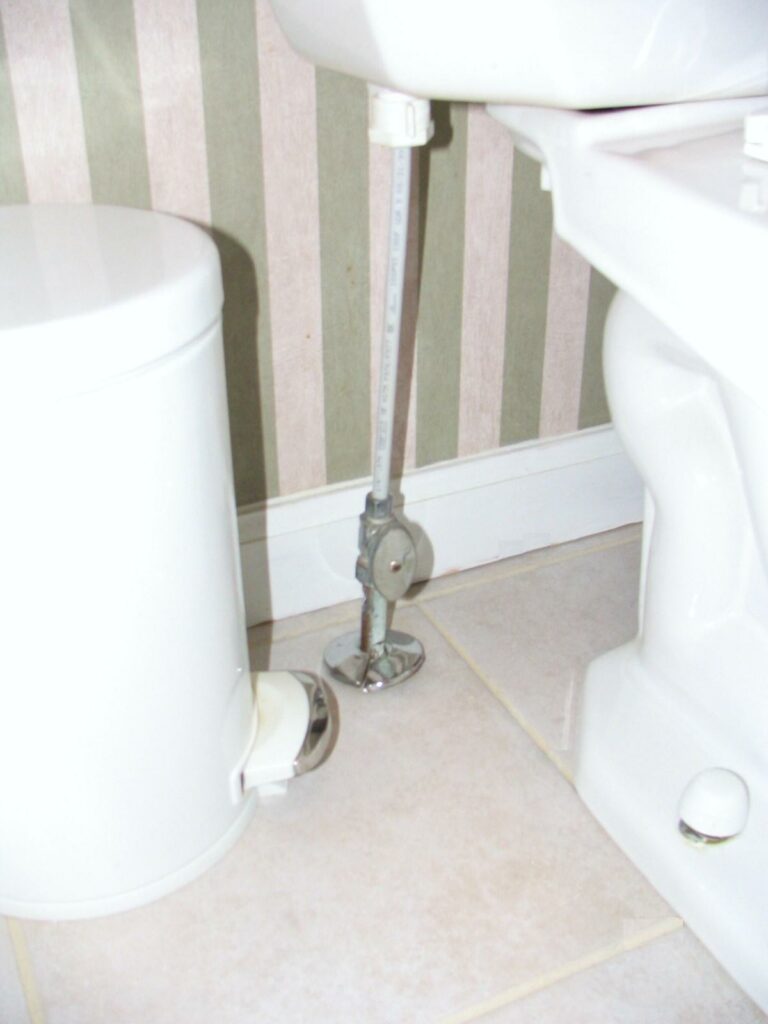
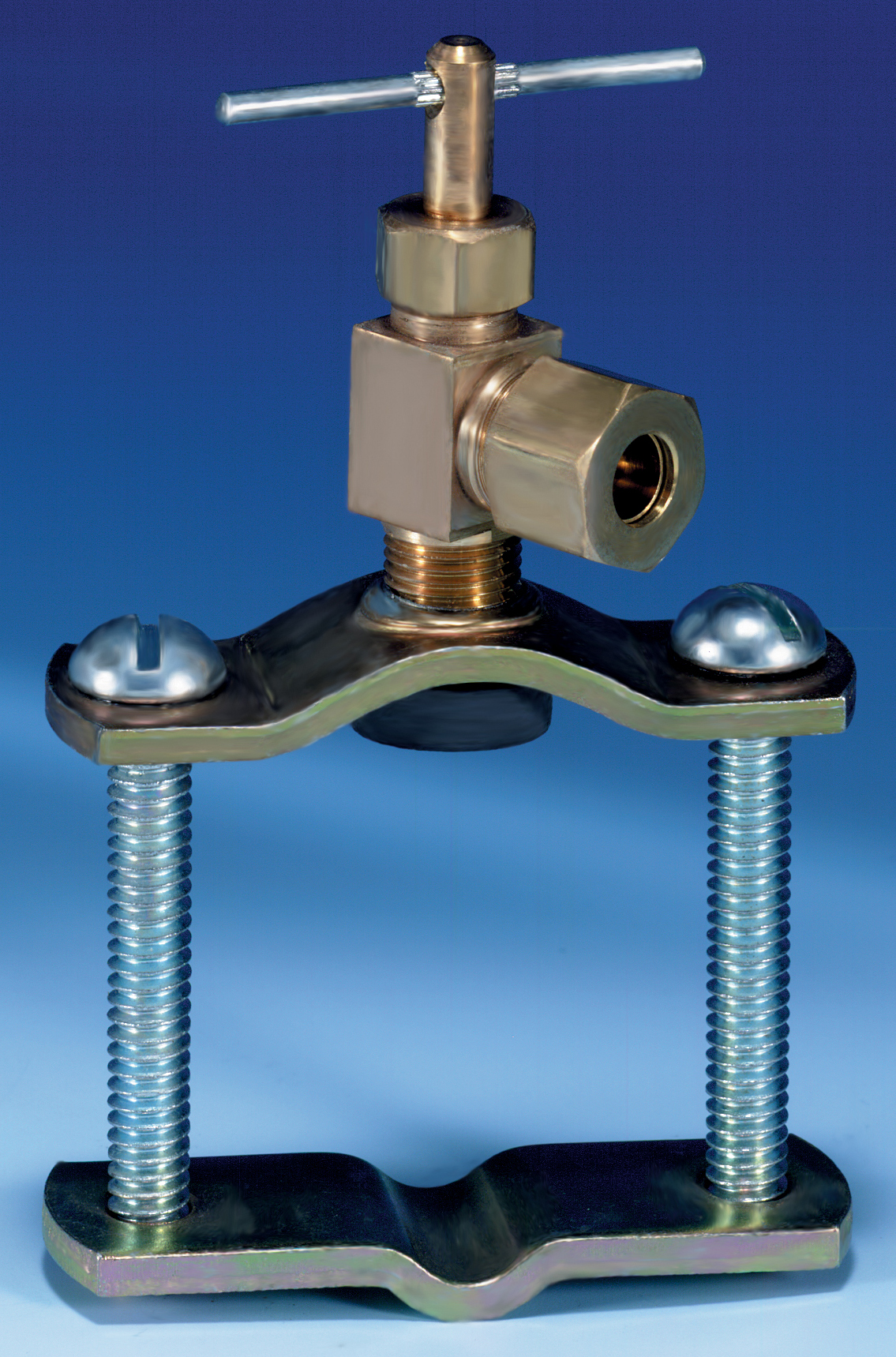





:max_bytes(150000):strip_icc()/GettyImages-1057621140-78ab2e946841421d9a7efeebe02935d2.jpg)





/testing-water-pressure-in-your-home-2718692-hero-98f45508ca5d44b6b551034ac5cedab5.jpg)
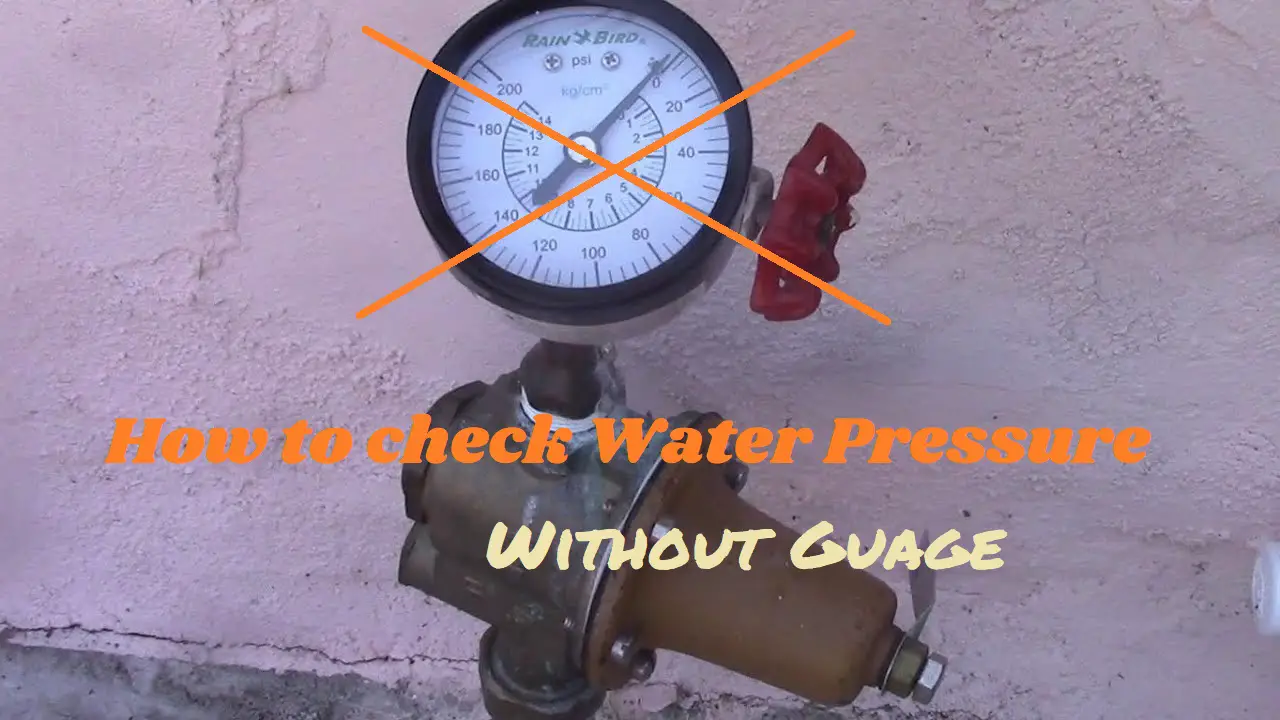
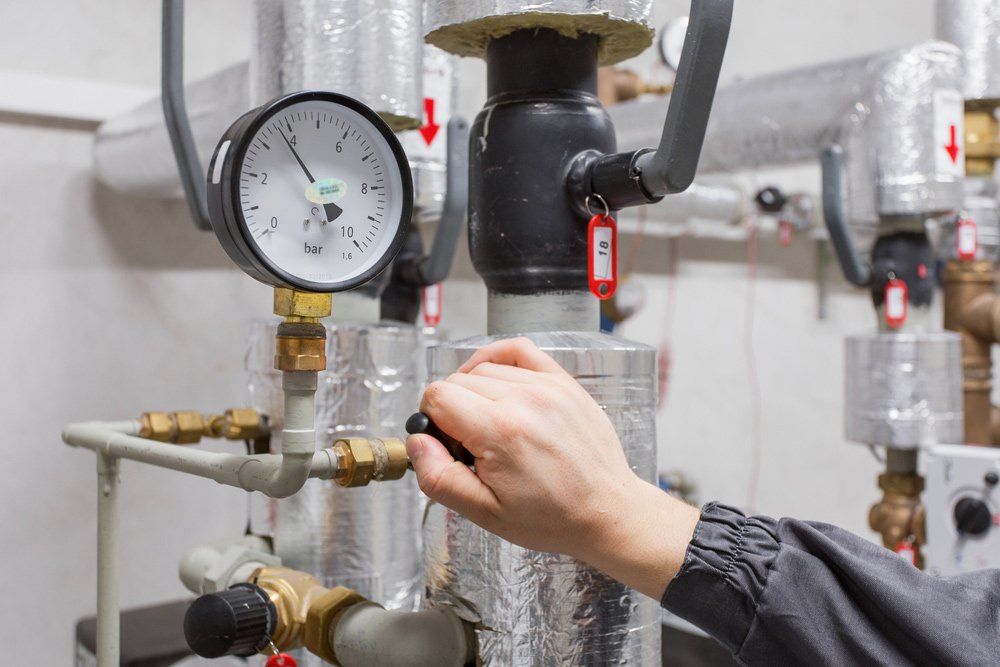
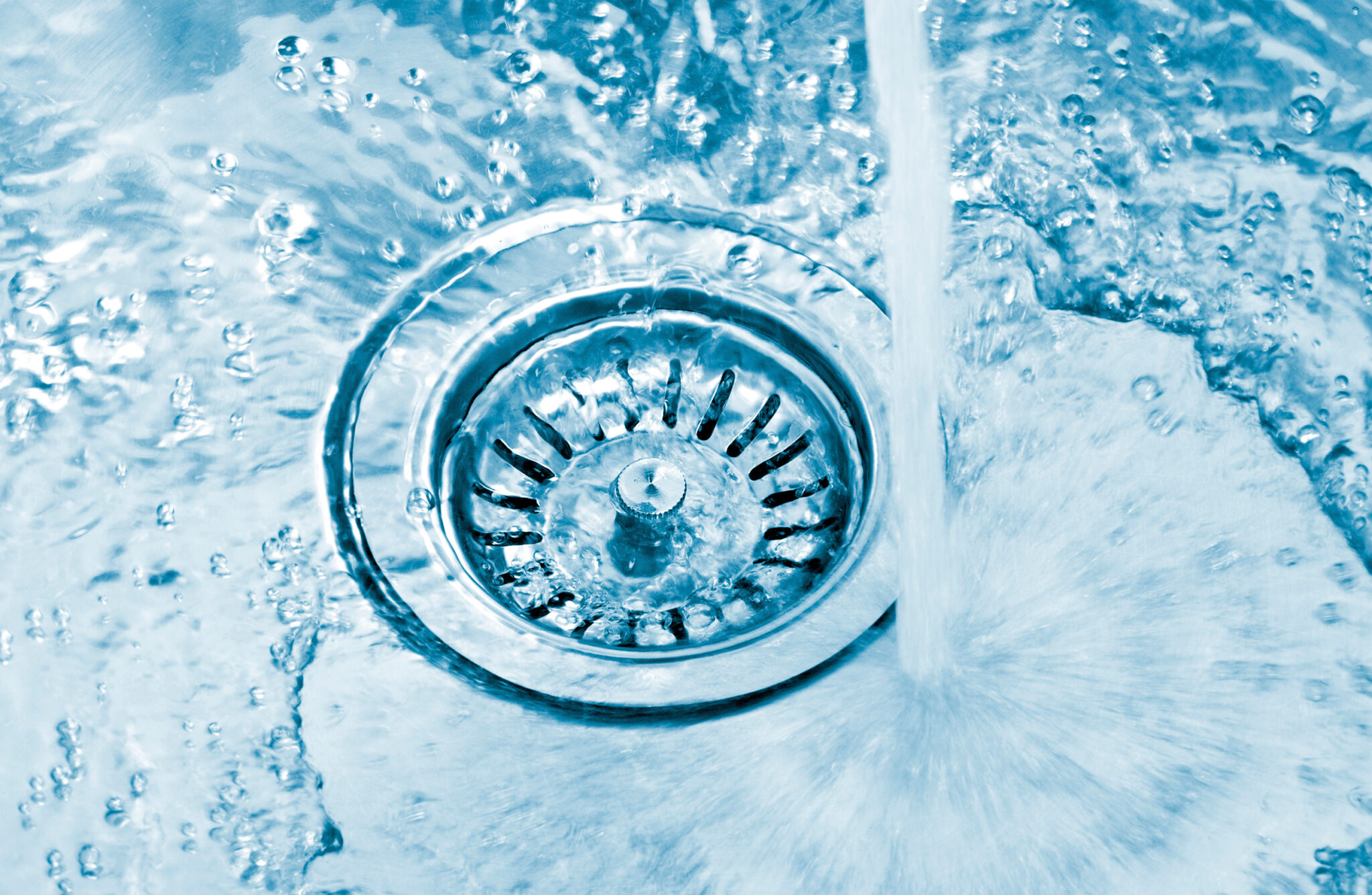





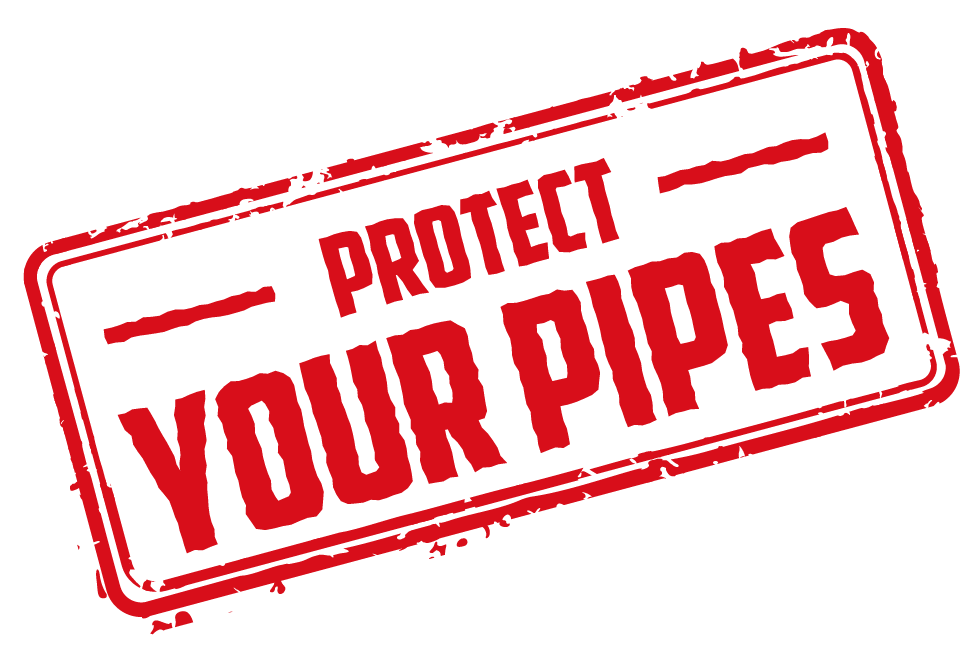




















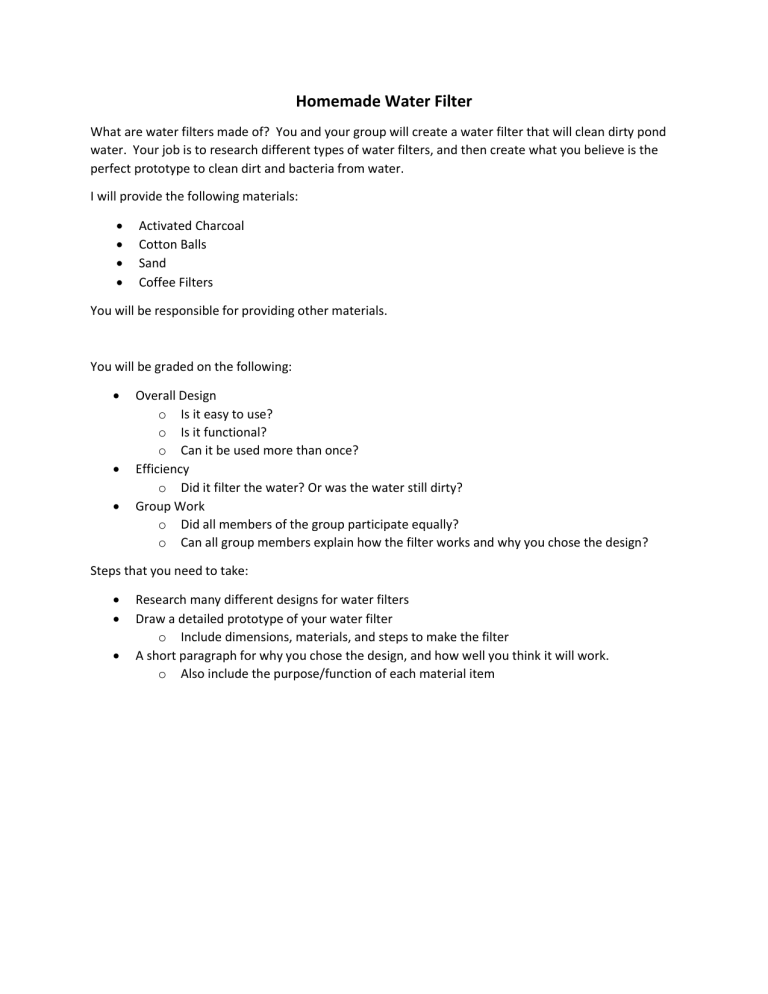
/cdn.vox-cdn.com/uploads/chorus_image/image/63879746/WaterFilter_2.0.jpg)

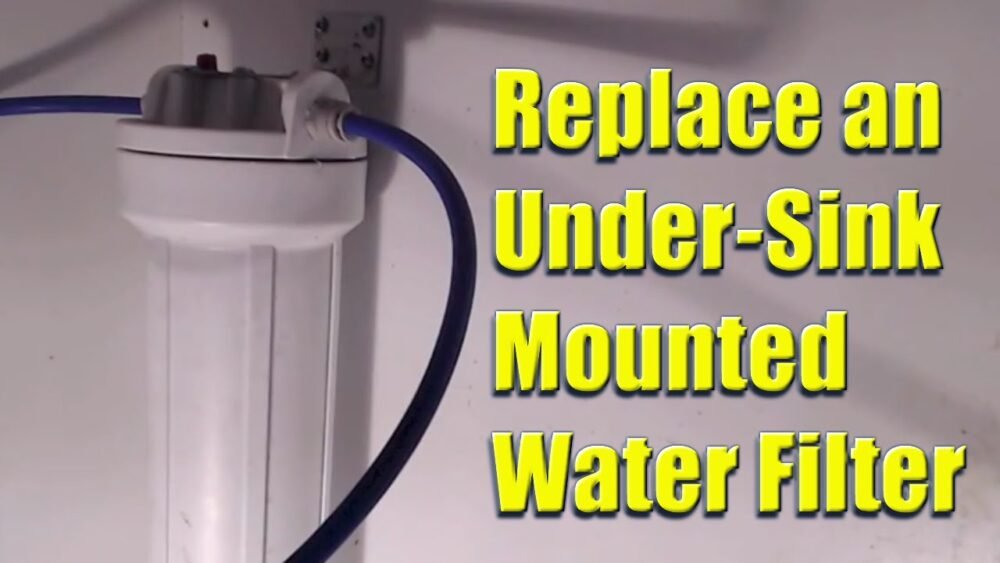
.png)

